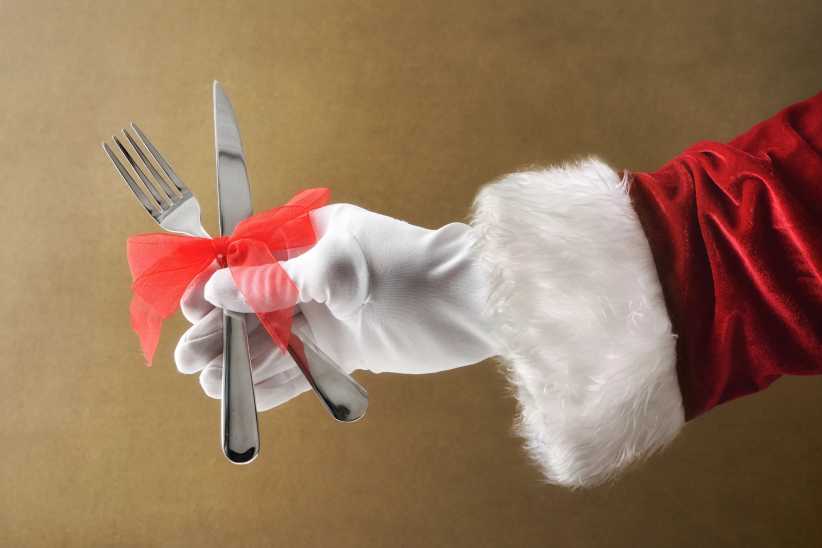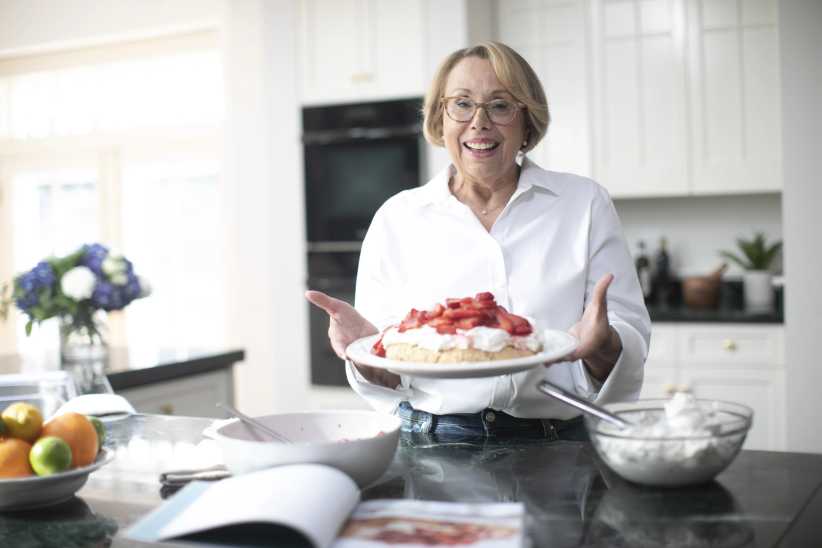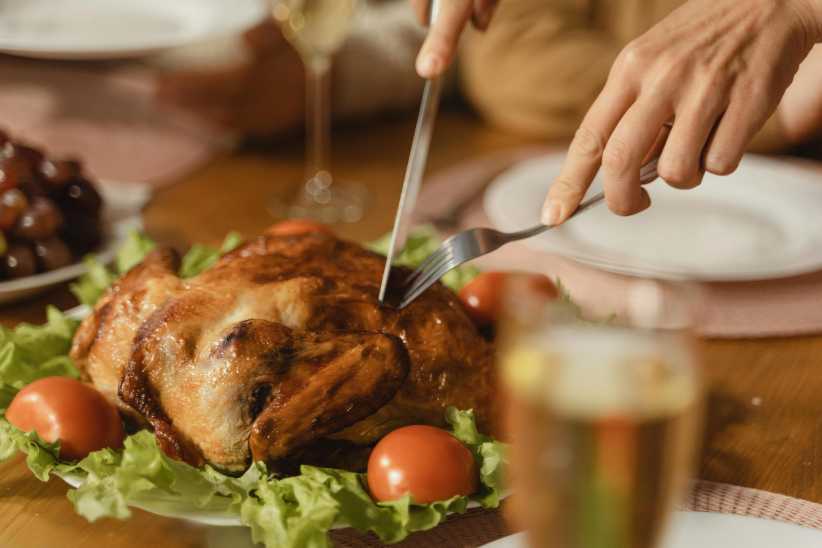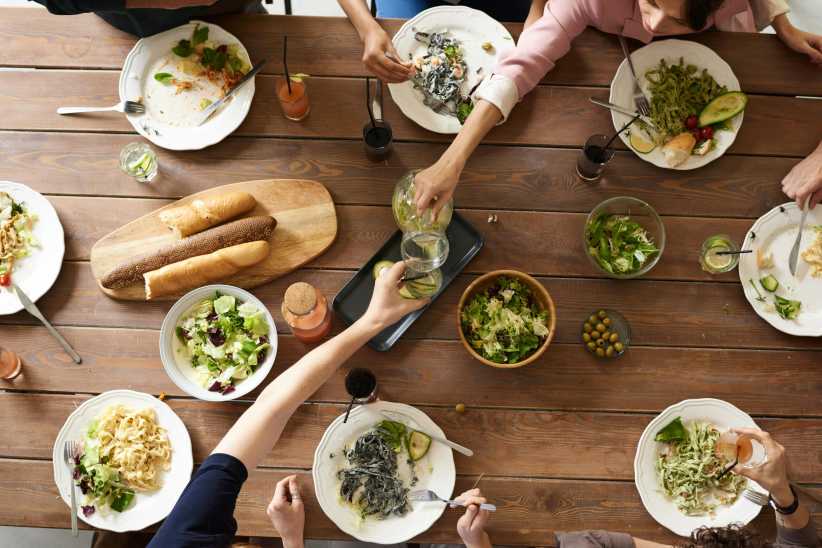This past Thanksgiving, I was in the kitchen cooking for our family dinner. The house was full of people, there were many pots on the stove, and the oven was hot. In the midst of the chaos, my 6-year-old daughter knocked against a saucepan on the stove and hot liquid splashed and scalded her arm. My mother said to put butter on the burn, my sister handed me ice cubes, and my mother-in-law told me to wrap it in a wet towel right away. It was overwhelming! I wound up doing what everyone told me to do at once, but what should I have done? What is the correct way to treat a burn?
Burns and scalds can happen in a second, even under the most attentive parent’s watch. But I am glad you asked this question because treating a burn is definitely the subject of many an ill-informed — and potentially harmful — “old wives’ tales.”
As with most accidents, an ounce of prevention can go a long way towards preventing burns in the kitchen. Enforce a three-foot (or as much space as your kitchen area allows) “safe zone” around the oven and range when you are cooking. When you have pots on the stove, be sure that the handles face inwards so that a child cannot pull them off. Never hold a baby while you are stirring hot items on the stove or taking dishes out of the oven or microwave. When in use, the kitchen should be a “no-play zone,” and if children must be in the kitchen, they should stay away from any hot appliances.
But accidents can still happen. When a burn occurs, run cold water over the area immediately — submerging the skin in the water, if possible. Never apply butter, powder, or ice to the burn, as they may aggravate it. Keep the burn area under cold water for five to 20 minutes. That may seem like an impossibly long time for a baby or toddler; however, it will significantly reduce the subsequent pain. During that time, give the appropriate dose of acetaminophen, or if the child is older than 6 months, ibuprofen, if needed. Then gently pat the area dry with a clean, cotton towel and assess the burn.
Burns are classified into three degrees that indicate their severity:
First-degree: This is the mildest of burns; the skin is red and tender. While there may be slight swelling, there is no blistering.
Second-degree: This is often the most painful type of burn; the skin is red with blisters. Never break the skin of a blister, as this invites bacteria and infection.
Third-degree: This is the most serious type of burn; the skin appears dry and can look white, waxy, or charred. There may be little or no pain at first because of nerve damage.
If the burn is first-degree, wrap the burn area with sterile gauze and call your physician to see if further action is necessary. If blisters appear or if you suspect the burn is third-degree, wrap the burn in sterile gauze and immediately take the child to the nearest emergency room. If you are unsure of the next step, call your pediatrician. Burns can be serious, but with the right information, your next holiday should be worry free.













